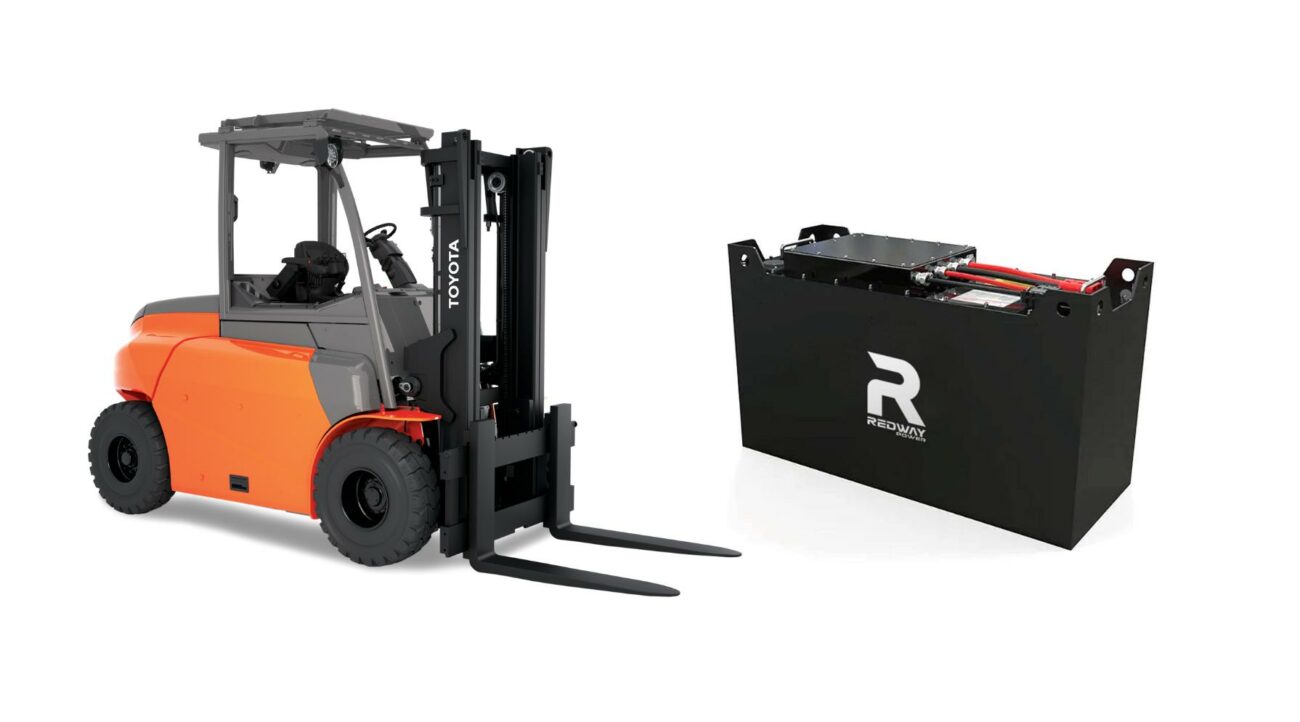Selecting the right forklift service provider involves evaluating their expertise, response time, service range, and customer reviews. Prioritize providers with certified technicians, 24/7 emergency support, and tailored maintenance plans. Verify their experience with your forklift brand and industry-specific requirements to ensure reliable, cost-effective solutions that minimize downtime and maximize operational efficiency.
48V 280Ah Lithium Forklift Battery
What Factors Should You Consider When Evaluating Forklift Service Providers?
Key factors include technician certifications, service response time, availability of genuine parts, and maintenance program flexibility. Providers should offer transparent pricing, preventive maintenance options, and expertise in handling your equipment type. Check for industry-specific experience, such as warehouse, construction, or cold storage environments, to ensure compliance with safety and operational standards.
When assessing certifications, look for ASE Heavy Equipment or OEM-specific credentials. For example, a provider servicing Toyota forklifts should have Technicians Certified by Toyota Material Handling. Genuine parts availability reduces the risk of compatibility issues—ask providers for their OEM partnership agreements. Flexible maintenance plans should account for seasonal demand fluctuations. A construction company might need weekend servicing during project peaks, while a warehouse may prefer after-hours shifts. Evaluate providers using a scoring matrix like the example below:
| Criteria | Weight | Provider A Score | Provider B Score |
|---|---|---|---|
| Certifications | 25% | 90/100 | 75/100 |
| Response Time | 30% | 4-hour guarantee | 6-hour average |
| Parts Inventory | 20% | 85% OEM stock | 60% OEM stock |
Why Is Emergency Response Time Critical in Forklift Maintenance?
Downtime costs industries $1 million/hour on average. Providers guaranteeing 2-4 hour response times with 24/7 support prevent production halts. Look for service-level agreements (SLAs) with penalties for delays and real-time tracking tools to monitor technician arrival and repair progress.
Emergency response efficiency often depends on the provider’s local infrastructure. Companies with multiple service hubs within a 50-mile radius typically resolve issues 40% faster than single-location providers. For cold storage facilities, delayed repairs risk inventory spoilage—verify if technicians are trained to work in sub-zero environments. SLAs should specify compensation terms, such as a 5% service credit for every 30 minutes exceeding agreed response windows. Real-time tracking systems like Fleetio or UpKeep enable managers to reroute technicians dynamically during multi-equipment breakdown scenarios.
What Are the Hidden Costs of Choosing an Inexperienced Provider?
Hidden costs include repeated repairs, premature part replacements, and compliance fines from improper servicing. Inexperienced providers often lack diagnostic tools for complex issues, leading to prolonged downtime. Verify provider track records via third-party platforms like Google Reviews or industry certifications (e.g., OSHA compliance) to avoid these risks.
How to Verify a Forklift Service Provider’s Industry Reputation?
Analyze customer testimonials, case studies, and third-party review scores. Request references from clients in your sector. Check affiliations with organizations like MHEDA or NIBA for credibility audits. Providers with awards like “Best in Service” rankings typically demonstrate consistent performance and customer satisfaction.
Can Custom Maintenance Plans Reduce Long-Term Operational Costs?
Yes. Tailored plans aligning with usage patterns (e.g., seasonal peaks) optimize part replacement schedules and warranty utilization. Providers offering telematics integration can predict failures via IoT sensors, cutting repair costs by up to 25%. Negotiate plans covering everything from fluid analysis to battery rotation for maximum ROI.
Advanced telematics systems like Toyota I_Site or Crown Connect track 150+ operational parameters, from hydraulic pressure drops to battery discharge rates. Predictive analytics flag issues 2-3 weeks before failure—for example, detecting uneven tire wear patterns indicating misalignment. Custom plans for electric forklifts might include monthly battery impedance testing, while ICE models benefit from exhaust filter replacements tied to engine runtime hours. Consider tiered pricing models where higher service tiers include free loaner equipment during major repairs.
“Today’s forklift service isn’t just about fixing breakdowns—it’s about predictive analytics and energy efficiency. At Redway, we integrate AI-driven diagnostics with eco-friendly practices, like lithium-ion battery recycling, to cut costs by 30% while meeting sustainability goals. Always demand data-backed service reports; they’re the new benchmark for provider accountability.”
— Redway Power Solutions Lead Engineer
FAQs
- How often should forklifts undergo professional servicing?
- Service intervals depend on usage: heavy-duty forklifts need monthly checkups, while moderate-use units require quarterly inspections. Always follow OEM guidelines and monitor via telematics for real-time maintenance alerts.
- Does forklift warranty require using OEM-approved service providers?
- Most warranties mandate OEM-certified technicians for repairs to remain valid. Check your warranty terms—some allow third-party providers if they use genuine parts and follow manufacturer protocols.
- Are on-site forklift repair services more cost-effective?
- On-site repairs reduce downtime costs but may incur travel fees. Evaluate providers offering mobile service units within your region. For complex issues, depot repairs might be cheaper due to specialized workshop tools.



